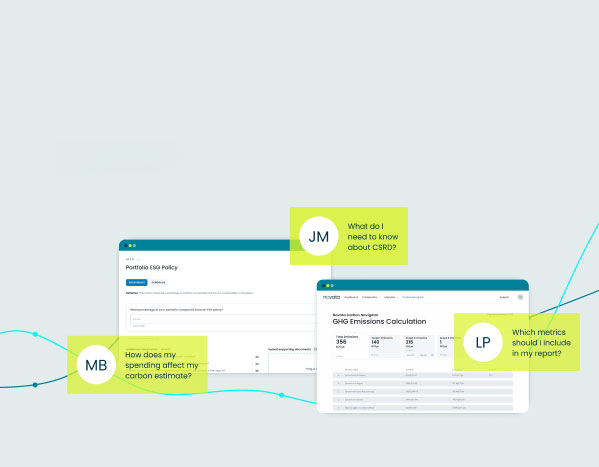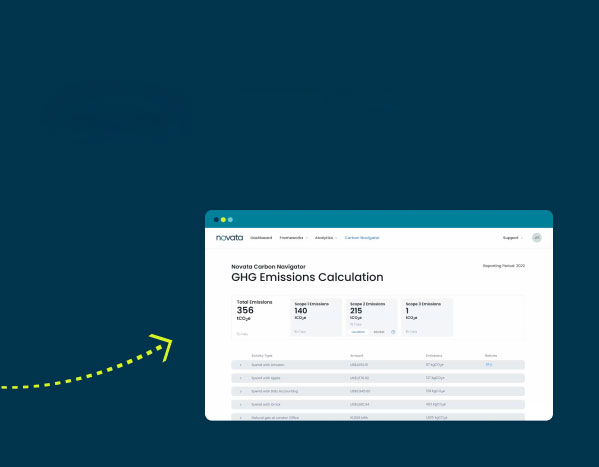Driven in large part by the COVID-19 pandemic, twenty million people in the U.S. left their jobs in the second half of 2021. This represents the highest resignation rate since the government started tracking this statistic in 2000. Texas A&M professor and psychologist Anthony Klotz coined this phenomenon ‘The Great Resignation.’
Employers and entire industries are grappling with how to retain and attract workers. High attrition rates are challenging for business, especially in today’s competitive labor market. When people leave, they not only take with them their experience and expertise, but also their customer relationships and historical knowledge of the organization. It is estimated that an employee’s departure can cost an organization 1.5-2 times that person’s salary. Attrition can also have a negative impact on culture, which directly impacts performance, and can spur further turnover.
The Great Resignation is also impacting gender diversity in the workplace. During the pandemic, women have left The Great Resignation has significantly impacted gender diversity in the workplace. During the pandemic, women left the labor force at twice the rate of men. In addition, their participation in the paid labor force is the lowest it has been in 30 years.
It is imperative private organizations look at their ESG progress through the lens of employee retention as a measure of how well they treat their employees and as an indicator of their future financial performance.
How to Fight Attrition in the Age of the Great Resignation
1. Understand why employees are leaving
Avoid the quick fix approach of giving a small pay raise or extra day off. McKinsey found employees are craving investment in the human aspects of work, citing top reasons for quitting as not feeling valued by their organizations, their managers, and not feeling a sense of belonging at work.
2. Foster an inclusive environment
Research shows that a culture of high workplace belonging was linked to a 50% drop in turnover risk. Actions to bolster diversity, equity, inclusion, and belonging (DEIB) include providing anti-racist trainings, having a sponsorship system, and having a policy for promoting diverse talent. Work-life balance is also fundamental. Researchers using employee data found a toxic corporate culture is 10.4 times more powerful than compensation in predicting a company’s attrition rate compared with its industry.
3. Offer compelling benefits
Mercer argues the ‘great resignation’ is really a great reckoning, where workers are reexamining what they value and need from their employers. You must evolve to meet those needs if you want to retain workers and reduce burnout – an indicator of future turnover. Improving benefits is a good starting point. Offering programs including generous paid parental leave, paid sick leave for employees and their dependents, financial wellness initiatives, and flexible working hours will help ensure you aren’t losing people to more forward-thinking organizations. WFH Research Project, a monthly online survey run jointly by the University of Chicago, ITAM, MIT, and Stanford, found people value flexibility as much as a 10% pay raise.
Tracking attrition is not new for organizations or investors. Monitoring attrition should be one piece of your broader ESG framework to build business value by putting employees’ needs first. Measuring how well you hire, engage, and protect a diverse workforce is also vital and can serve as an important early indication of potential future turnover.
We see the ‘Great Resignation’ as an opportunity. It is challenging us to build better, more equitable organizations. Those that do so will prosper. Join us on the journey to get there.






